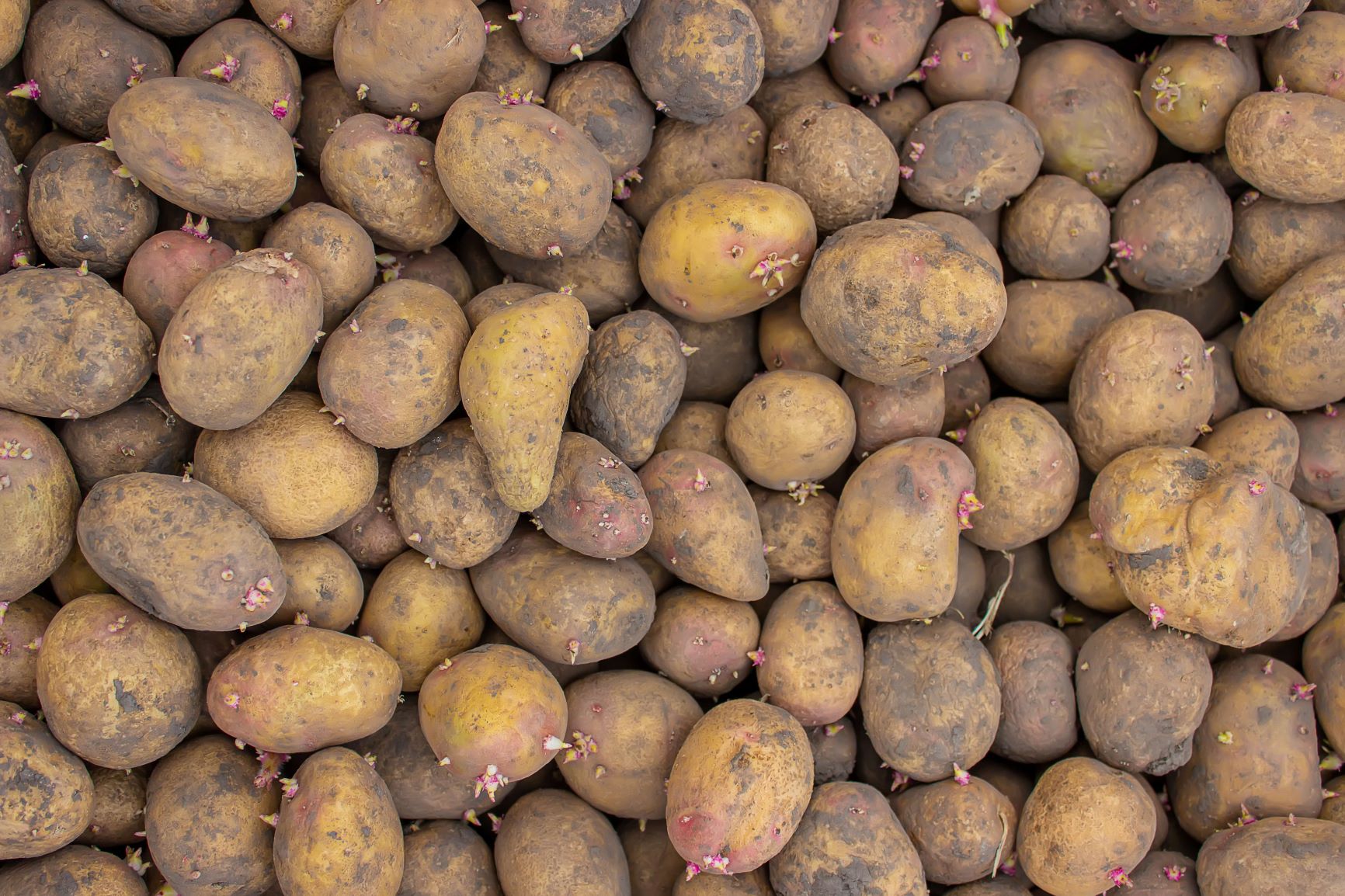
Summary:
|
Acrylamide may be found in a variety of food, including fried potato products (such as french fries and potato chips), biscuits, bread, coffee and other starchy heat-processed food. It is formed when certain foods are cooked at high temperature. This process is known as the Maillard reaction, and occurs because of the reaction between reducing sugars (e.g., glucose, fructose, maltose and lactose) and amino acids (mainly asparagine) during high-temperature cooking.

Is it safe?
You might be wondering, is it safe to eat food containing acrylamide? While the chemical has been associated with some health risks, many studies, including long-term ones, have not found any definitive evidence that exposure to acrylamide through food increases the risk of cancer in humans.

The browner your food, the higher the levels of acrylamide – a chemical that naturally forms in starchy foods during baking, frying and roasting.
The information available on acrylamide so far reinforces general advice on healthy eating, including moderating consumption of fried and fatty foods. There is not enough evidence about the amounts of acrylamide in different types of food to recommend avoiding any particular food product. While the levels of acrylamide found in food are generally considered to be low, what steps can the food industry take to reduce consumers’ exposure to acrylamide?
What can the food industry do?
While there are currently no international standards for safety limits for acrylamide, we encourage the food industry to take steps to reduce acrylamide levels in food products. Codex Alimentarius Commission (CAC), the international standard-setting body for food safety, has developed a Code of Practice for the Reduction of Acrylamide in Foods. This code of practice provides guidance to the food industry on how to reduce acrylamide levels in food and helps the food industry take concrete steps to provide consumers with safer and healthier food options. Here are some ways in which you can help to reduce the levels of acrylamide in food:
1. Select Raw Materials Carefully
One of the most effective ways to reduce the levels of acrylamide in food is to carefully select the raw materials used in food production. For example, choose potato cultivars with lower levels of reducing sugars, where possible, and avoid using potatoes that have been stored/transported at low temperatures as they tend to produce more acrylamide during cooking when stored in refrigerated conditions.

Food importers can choose potato cultivars with lower levels of reducing sugars, whenever available.
2. Control Cooking Temperature and Time
Acrylamide formation is directly related to cooking temperature and time. Therefore, you can implement controls to ensure that cooking temperatures are not too high and cooking times are not too long. For example, french fries can be cooked to a golden-yellow, rather than golden-brown colour.
3. Control/ Addition of Other Ingredients
Certain ingredients can be used to reduce the risk of acrylamide formation in food. For example, using asparaginase (an enzyme that can break down asparagine) during the manufacturing process can reduce the levels of acrylamide in food. Try and replace wheat flour with ingredients that have lower reducing sugar or asparagine, such as rice flour.
4. Educate Consumers
Finally, you can also do your part in educating consumers about the risks of acrylamide in food, healthier cooking methods and healthy eating habits. For example, consumers can be advised to choose foods that are not overcooked or burnt, or foods that are boiled and steamed instead of fried or roasted.

.jpg?sfvrsn=214985bb_0)
Instead of frying and roasting, choose boiling and steaming to reduce the occurrence of acrylamide.
Food safety is a joint responsibility. Even as SFA is actively keeping up-to-date with the latest scientific developments in food safety, the food industry can also do its part by taking proactive measures to ensure food safety. Consumers too can be more informed and mindful about the food they consume!



